As March unfolds, the global community prepares to observe Cerebral Palsy Awareness Month dedicated to raising awareness and understanding about this neurological condition. Among the myriad of challenges faced by individuals with cerebral palsy (CP), assistive technology emerges as a beacon of hope, offering innovative solutions to enhance independence, communication, and quality of life. For parents of children with CP, understanding the role of assistive technology is paramount in supporting their child’s development and well-being.
Understanding Cerebral Palsy
Cerebral palsy is a complex neurological disorder that affects movement, muscle tone, and posture. It is typically caused by brain injury or abnormal development during fetal development, infancy, or early childhood. The impact of CP varies widely, with some children experiencing mild motor difficulties while others face more significant physical and cognitive challenges.
The Promise of Assistive Technology
Assistive technology encompasses a wide array of tools and devices designed to mitigate the barriers faced by individuals with disabilities. For children with cerebral palsy, assistive technology offers tailored solutions to support their unique needs and promote active participation in daily activities.
Simple and Effective Assistive Technology Solutions
Let’s explore some assistive technology solutions specifically designed for children with cerebral palsy:
Adaptive Books and Learning Tools
Interactive Storybooks: These engaging books feature interactive elements such as sound effects, textures, and movable parts, catering to children with CP who may have difficulty turning pages or focusing for extended periods. Occupational therapist, Allyson Locke offers these pro tips for leveraging assistive technology to make reading more accessible:
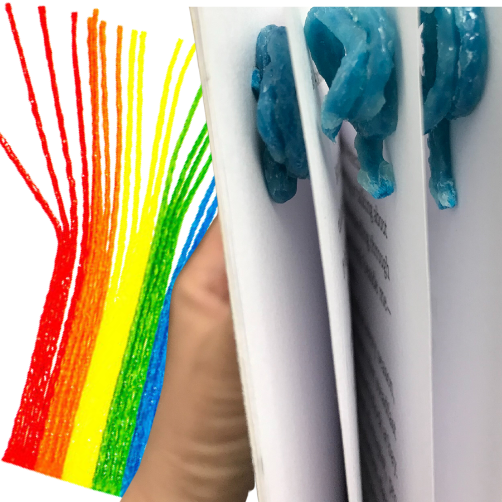
Wikki Stix!: Wikki Stix are simply wax covered strings that are often used in craft activities but they offer a simple and easy low tech solution for making page lifts. Page lifts are used to ‘lift’ the pages of a book making it easier for those with fine motor difficulties to turn the pages of the book. To make page lifts with Wikki Stix simply roll a Wikki Stix into a spiral or ball shape and place it onto the upper right hand corner of the pages in a book. Wikki Stix offer a non-permanent solution for making the pages of a book easier to turn.
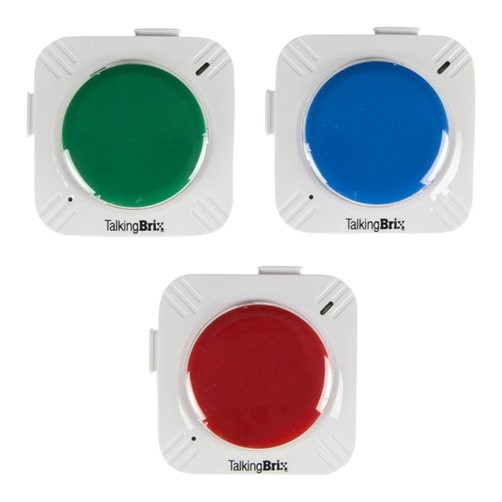
Communication Devices: There are numerous types of communication devices available, these devices are used to convey anything from a simple message to complex dialogs. When leveraging these devices to enhance reading experiences I tend to focus on the simpler devices that have a record and playback feature. For example, TalkingBrix2, BIGmack communicator, or LITTLE Step-by-Step with Levels. These can be used to record the words on the page of a book that can be played back by the “reader” with a simple hit of switch. This modification turns any book into an interactive one!
Augmented Reality (AR) Learning Apps: AR apps provide immersive learning experiences, allowing children with CP to explore educational concepts through interactive visualizations and simulations.
Sensory Devices and Toys
Multi-Sensory Play Equipment: Sensory play is essential for children’s development, especially those with CP. Multi-sensory toys, such as vibrating cushions and textured balls, stimulate different senses and promote sensory integration. Pro Tip: If decreased hand skills limits your child’s ability to hold these objects, occupational therapists Allyson Locke has a solution:
The Eazyholds silicone cuffs are a unique tool that gives children and adults the ability to hold onto many items with ease. They can be used on their own or in conjunction with the functionalhand when a more precise movement is desired (any Eazyhold with the large holes will fit over the handle of the functionalhand). Shake a maraca, bang a drumstick or wave a colorful ribbon with ease! To get more ideas check out Therapro’s Eazyhold, What Can I Adapt, handy guide!
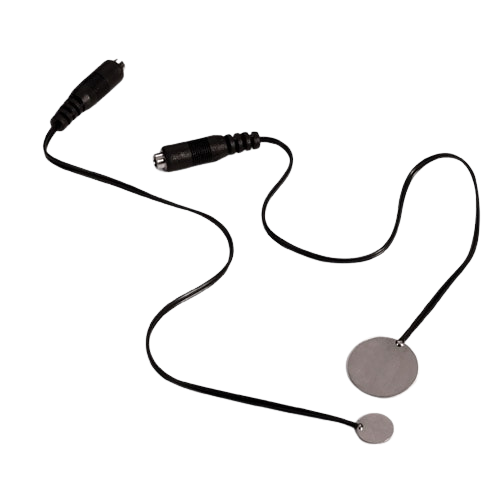
Switch-Activated Toys: Switch-adapted toys can be controlled using simple switches, enabling children with limited mobility to interact with and manipulate toys independently. Another pro tip from occupational therapist Allyson Locke; battery interrupters can be used to make most battery operated toys switch accessible! Learn about battery interrupters here!
Communication Aids
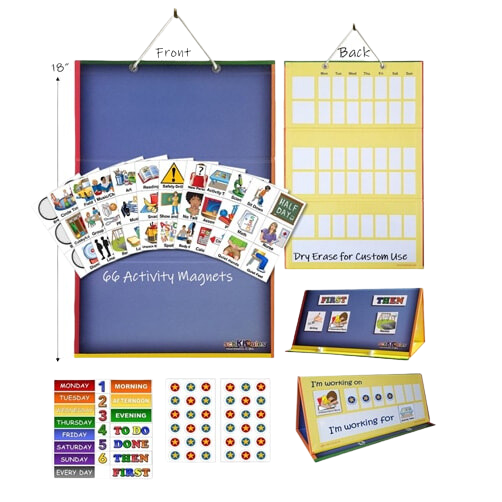
Picture Communication Systems: Visual communication systems, including communication boards and symbol-based apps, facilitate communication for children with CP who have difficulty speaking or expressing themselves verbally.
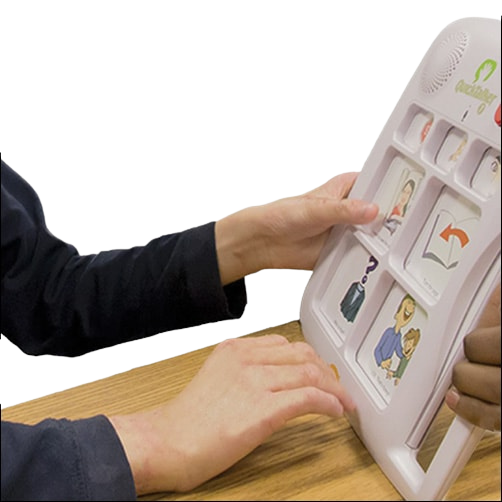
Voice Output Devices: Voice output devices allow children to communicate using pre-recorded messages or synthesized speech, empowering them to express their thoughts and feelings more effectively.
Supporting Cerebral Palsy Awareness
As we observe Cerebral Palsy Awareness Month, there are several meaningful ways to show support and solidarity:
- Educational Initiatives: Share information about cerebral palsy and assistive technology with friends, family, and community members. Raise awareness about the unique challenges faced by individuals with CP and highlight the importance of inclusion and accessibility.
- Advocacy and Empowerment: Advocate for policies and initiatives that promote equal opportunities and access to assistive technology for individuals with cerebral palsy. Encourage schools, healthcare providers, and policymakers to prioritize the needs of children with CP and provide necessary support and resources.
- Community Engagement: Participate in local events and fundraisers dedicated to cerebral palsy awareness and support. Connect with advocacy organizations and support groups to learn from and collaborate with other families affected by CP.
- Charitable Contributions: Consider donating to reputable cerebral palsy charities and organizations that provide financial assistance, support services, and assistive technology to individuals and families in need. Cerebral Palsy Guidance is one such resource, offering valuable assistance to those navigating the challenges of cerebral palsy.
By embracing assistive technology and fostering awareness and support, we can create a more inclusive and equitable society where children with cerebral palsy can thrive and reach their full potential. Together, let us champion the rights and dignity of all individuals, regardless of ability, and build a brighter future for generations to come.
